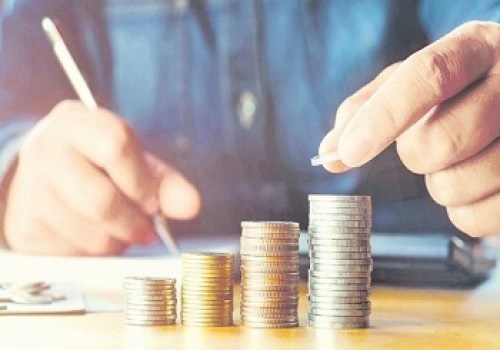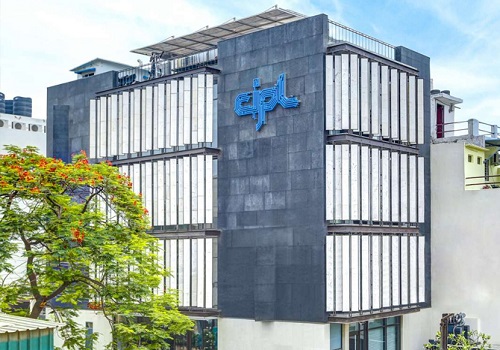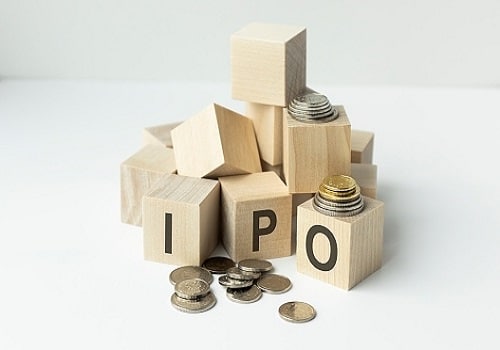Debt Monthly Observer for June 2023 by Pankaj Pathak, Quantum AMC

Monetary policy in India is entering a new phase.Over the past two reviews (April and June) the RBI’s Monetary Policy Committee (MPC) decided to “pause” the rate hiking cycle.
The decision to pause was supported by confluence of factors such as:
* falling growth and inflation globally
* slowing pace of rate hikes in advanced economies
* sharp deceleration in domestic inflation
* high real interest rates
* and, pending passthrough of past rate hikes into the economic activity and inflation.
The pause was termed as a ‘hawkish pause’. In simple terms, it means that although the RBI is comfortable not hiking rates anymore. But, by cautioning on future inflation, they are suggesting that aren’t likely to cut the rates anytime sooner.
“The Ideal Must Not Be Lowered “- Targeting 4% CPI inflation
When the RBI started its repo rate hiking cycle back in May 2022, they were hiking from a record low level of Repo rate at 4%. The first objective then was to ‘normalise’ the Repo rate to its long-term average of between 6.0% - 6.5%. The second objective was to try and bring inflation within the ‘tolerance’ band of 2% - 6%.
After a 250 basis points hike in the repo rate, interest rates are now near their long-term averages. The CPI inflation has also come down from an average of 6.7% in FY23 to below 5% in the last two months. It is expected to average near 5% in FY24.
Both these objectives are now met.
Chart – I: Repo rate are near long term averages; CPI inflation dropped below 6%

The RBI did win the battle. But the war against inflation is not over yet.
The RBI governor in his policy statement acknowledged the same – “…being within the tolerance band is not enough. Our goal is to achieve the target of 4.0%, going forward.”
He aptly used the quote from Mahatma Gandhi - “The ideal must not be lowered”to suggest that monetary policy should move towards achieving the 4% inflation goal on a sustained basis.
Monetary Policy 2.0
The current inflation is not that far from the RBI’s 4% target. Also, with steep fall in commodity prices and improving supply chains, underlying inflationary pressures are much benign now compared to the last two years.However, as the Governor said -“It is always the last leg of the journey which is the toughest”.
In our opinion, the goal of getting to and sustaining at 4% inflation target cannot be achieved in a hurry. It will require patience. Changing the monetary policy will have limited utility in this part of the journey.
Although the rate hiking cycle was relatively short, it was very steep with 290 basis points of effective tightening (+250 bps repo rate + 40 bps SDF introduction over the then reverse repo rate of 3.35%) between April 2022 and February 2023. Full impact of these rate hikes is yet to be seen.
Thus, the RBI may stay put and wait for the disinflationary forces of falling commodity prices and elevated real interest rates to put further downward pressure on the CPI inflation.On the other hand, hiking rates too much now can hamper the nascent consumption recovery and could disrupt the economic growth, which is why the pause was a correct decision
In our view, current monetary policy setup is neither restrictive nor stimulative for growth.
All in all, we would not expect any rate hike or rate cut in the foreseeable future unless something materially changes in the growth inflation dynamics.
What does this mean for the Bond market?
No change in monetary policy should bring some form of stability in the bond markets.
From amedium-term perspective, declining inflation, peaked policy rates and comfortable external position are all strong backdrops supporting the bond market. However, the near-term outlook is clouded by uncertainty over the timing, quantity and distribution of rain fall amid forecasts of El-Nino conditions which causes lower rainfall.
Also, after the sharp drop in yields over the last three months, the valuation cushion in the long-term bonds is exhausted. The 10-year Government bond yield has fallen sequentially from ~7.45% in March 2023 to around 7.05% now (on June 20, 2023).
The spread between the 10-year government bond and the repo rate has shrunk to 55 basis points. This is lowest level observed since 2017. The long-term average of this spread is over 100 basis points. Even during the 2019-2020 period when the repo rate was cut by 250 basis points, this spread was materially higher than current levels.
Chart – II: Spread between the 10year G-sec vs Repo Rate has fallen to 5 years low

Given the stretched valuations and near-term risk due to weak rainfall trend, we see a high possibility of long-term yields moving higher from current levels in near term. However, the upside on yields should be limited to 10-20 basis points given the overall macro backdrop isfavourable.
Market condition for short term bonds have turned favorable with pause in rate hikes and prevailing easy liquidity condition.
At this stage, the 2-5 years maturity government bonds are attractively positioned with a medium-term outlook.
In line with our near-term cautious view, we maintain a lower portfolio duration in our actively managed bond fund as a tactical position. Notwithstanding the near-term concerns, we maintain our constructive outlook for long bonds in medium term. Thus, we shall look to add duration in market dips.
What should Investors do?
Although starting yield has come down from an earlier high level, there is decent accrual still available at current levels.
Even in the real term (adjusted for inflation), government bonds are still offering meaningful positive real yield. With expected CPI inflation of 5.1% (RBI’s FY24 inflation estimate) and a 1-year Gsec yield at 6.9%, the real yield is around 180 basis points.
Chart – III: Attractive real yields available across the government bond yield curve

Overall, the return potential of fixed-income funds remains attractive , and the next three years are likely to be more rewarding for fixed-income investors than what we witnessed in the last three years.
We suggest investors with 2-3 years holding period should consider adding their allocation to dynamic bond funds.
Dynamic bond funds have the flexibility to change the portfolio positioning as per the evolving market conditions. This makes dynamic bond funds better suited for long-term investors in this volatile macro environment than other long-term bond fund categories.
A Dynamic Bond Fund or any other debt fund which invests in long-term debt instruments is highly sensitive to interest rate movements. Thus, in a short period of time, returns could be highly volatile and can even be negative. However, over a longer time frame of over 2-3 years period, returns tend to normalize along with the interest rate cycles.
Investors with shorter investment horizons and low-risk appetites should stick with liquid funds.
Since the interest rate on bank saving accounts are not likely to increase quickly while the returns from the liquid fund are already seeing an increase, investing in liquid funds looks more attractive for your surplus funds.
Investors with a short-term investment horizon and with little desire to take risks should invest in liquid funds which own government securities and do not invest in private sector companies which carry lower liquidity and higher risk of capital loss in case of default.
Portfolio Positioning


To Read Complete Report & Disclaimer Click Here
Above views are of the author and not of the website kindly read disclaimer






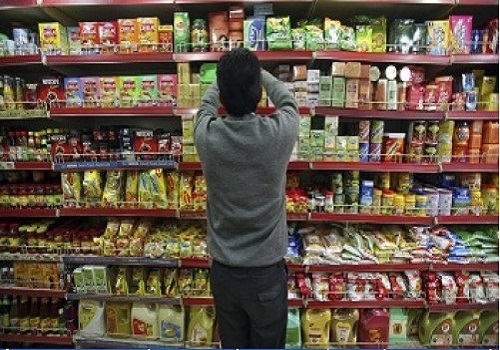

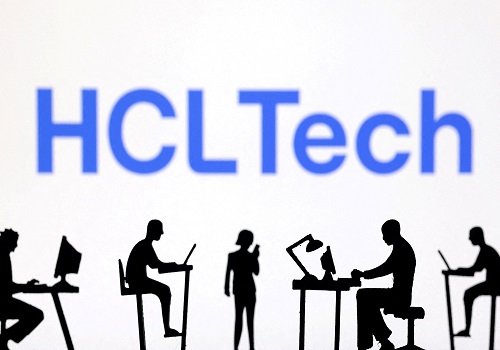

Tag News

Monthly Debt Market Update, September 2023: CareEdge Ratings






